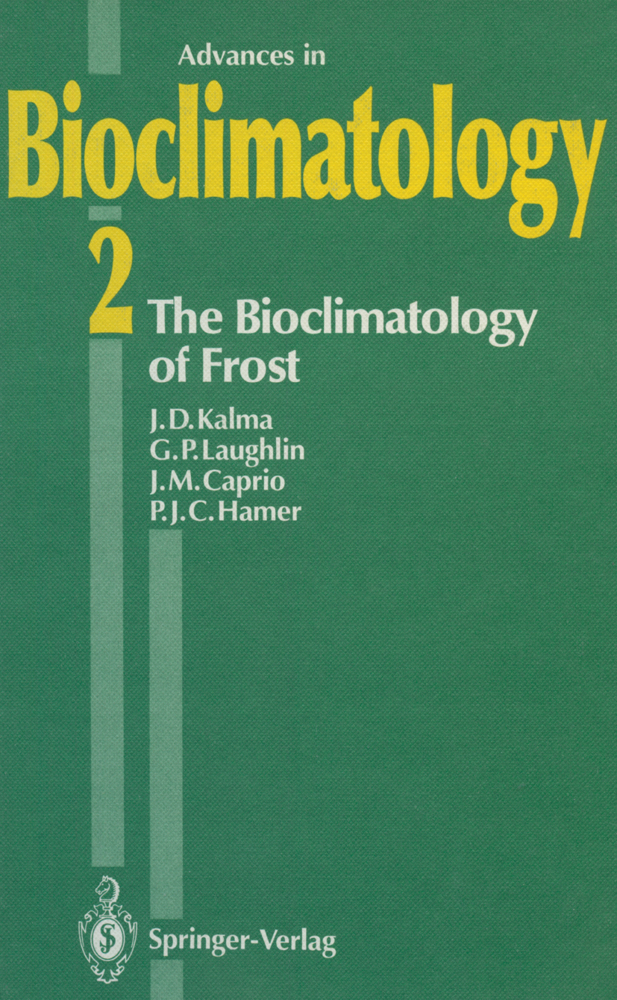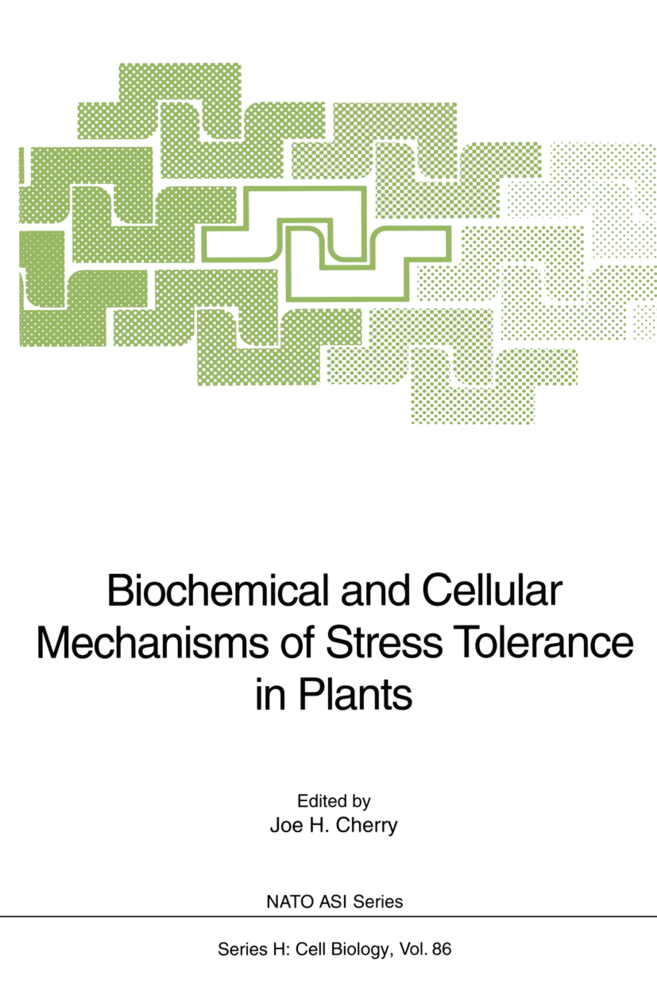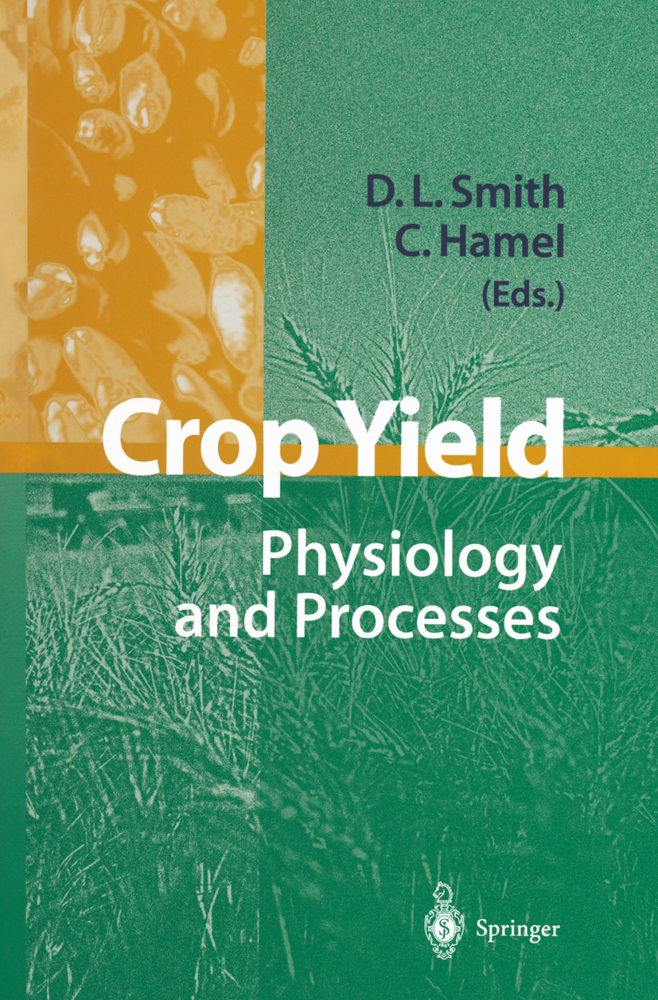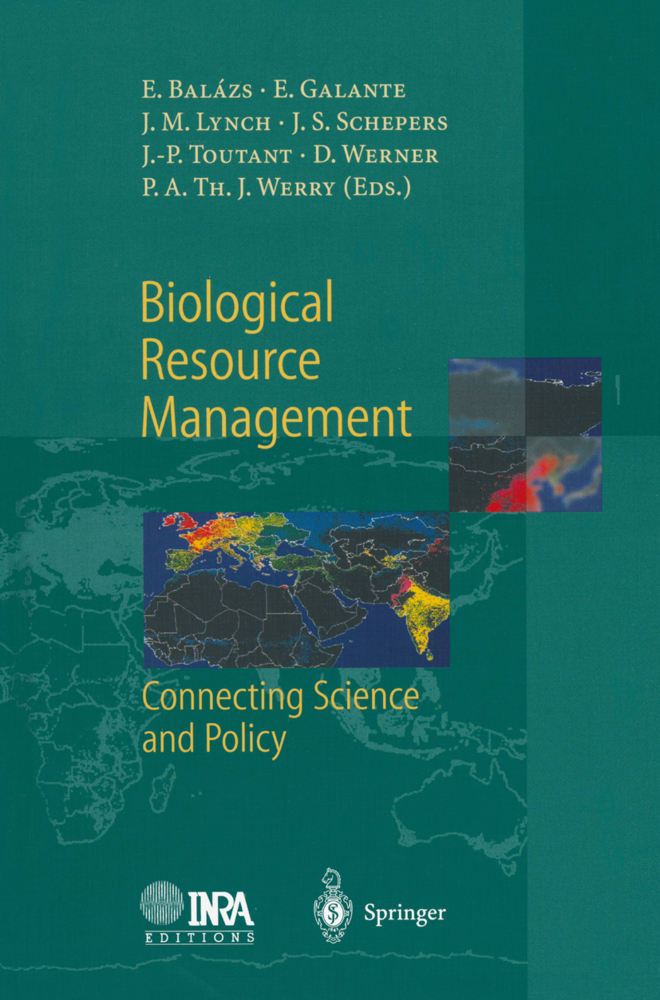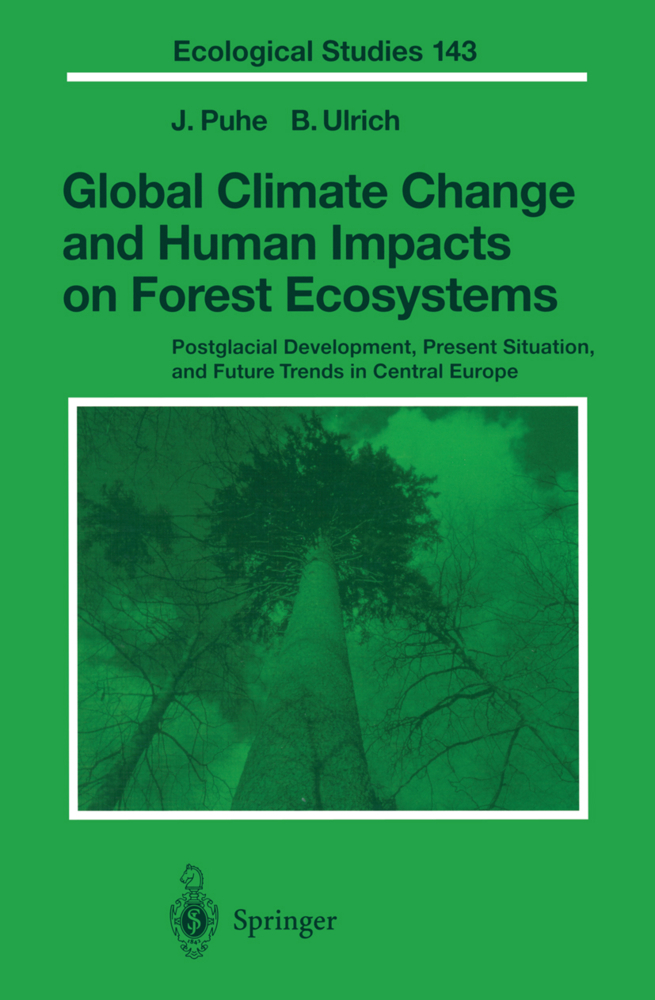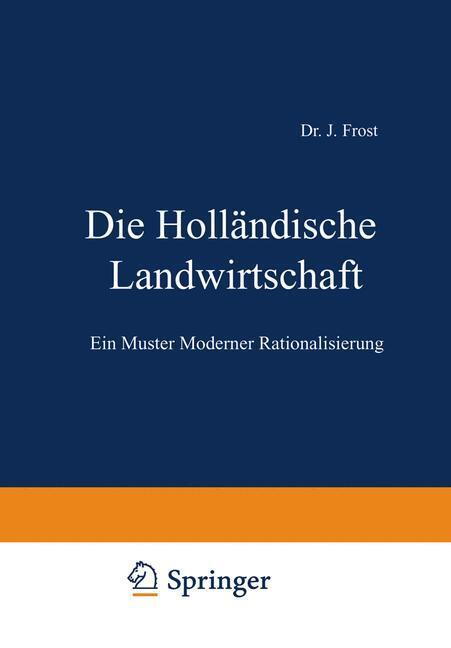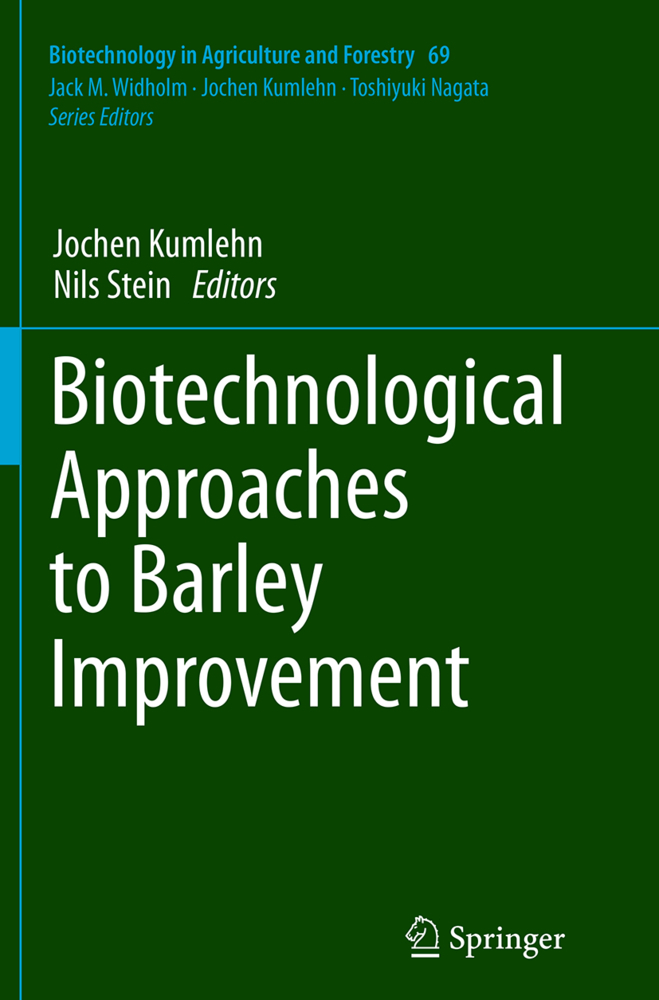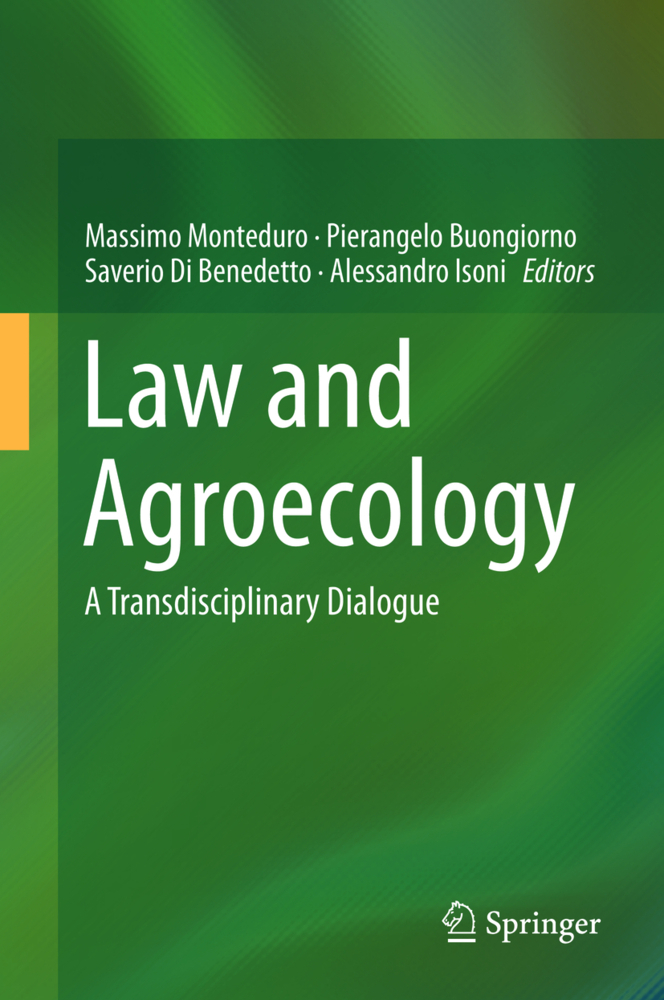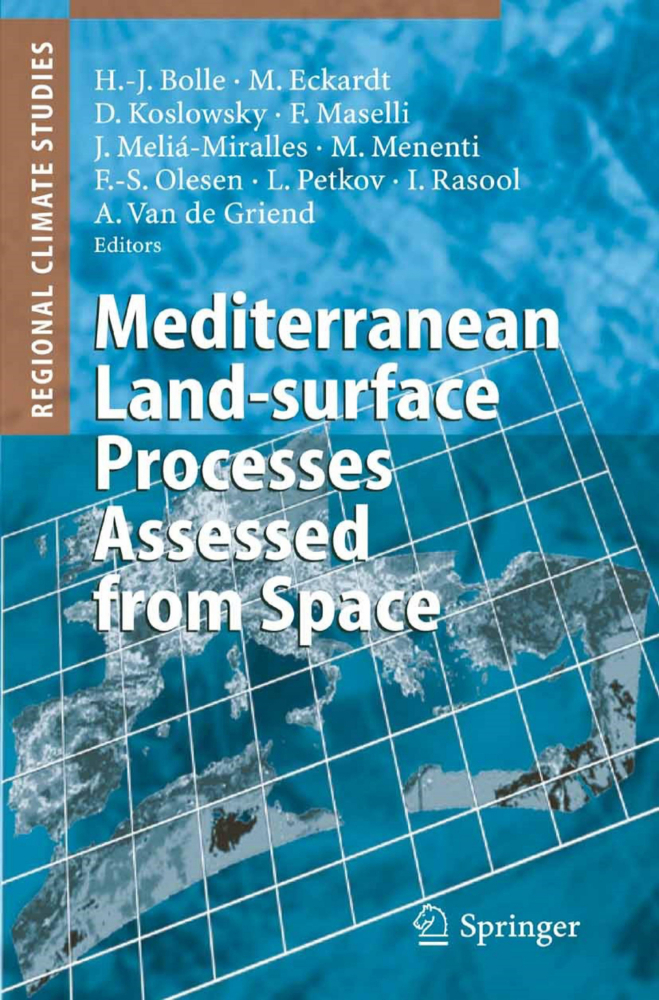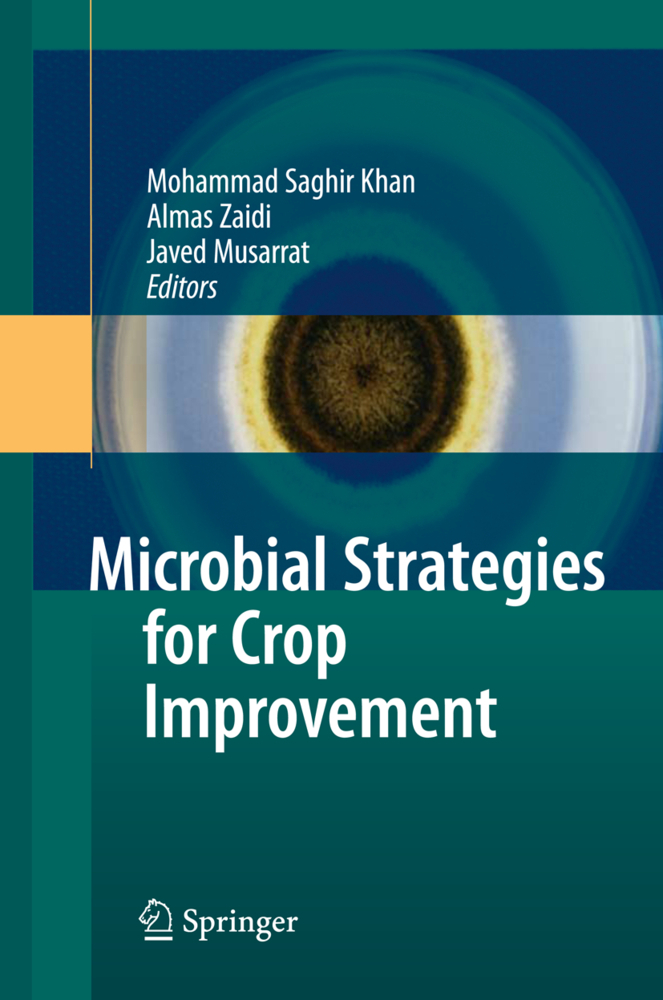The Bioclimatology of Frost
Its Occurrence, Impact and Protection
The Bioclimatology of Frost
Its Occurrence, Impact and Protection
The economic costs of frosts in agriculture and horticulture in many parts of the world can be very significant. Reports in the media include accounts on how frosts have devastated coffee crops in Brazil or in Papua New Guinea, and how frosts have seriously damaged the Florida citrus industry. Frost may cause losses in current harvests or a decline in future yields through more permanent damage to trees and bushes. Damaging frosts may occur as infrequent, short-term events with sub-zero temperatures or with unusually severe winter temperatures which extend over long periods. In this book we have aimed at providing a comprehensive review of recent advances in the area of frost research. The stimulus for writing this book has come from the recognition that there is a shortage of recent texts which deal exclusively with the bioclimatology of frost. Bioclimatology deals with the relations between climate and life and the present text is particularly concerned with the effects of low temperatures on plants. Our purpose has been to assist researchers, engineers, extension officers and students in understanding the physical aspects of frost occurrence and frost distribution as well as the biological and phenological aspects of frost damage and to provide an overview of direct and indirect methods of frost pro tection and prevention.
2.1 Frost Types
2.2 Distribution of Frost
2.3 Climatic Change and Frost
2.4 Frost Prediction
3 Micro-Scale Processes
3.1 Introduction
3.2 General Principles
3.3 Examples of Micro-Scale Processes
4 Meso-Scale Processes
4.1 General Characteristics of Nocturnal Cooling: A Case Study
4.2 Katabatic Drainage
4.3 Ventilation and Stagnation
4.4 Drainage, Ventilation and Stagnation Effects in Relation to Observational Data
4.5 Development of Nocturnal Inversion Layer
4.6 A Boundary Layer Model for Frost Prediction
5 Regional Scale Frost Risk Mapping
5.1 Introduction
5.2 A Three-Dimensional Numerical Model for Frost Risk Mapping
5.3 Frost Risk Mapping for Landscape Planning: A Case Study
6 Remote Sensing for Frost Risk Mapping and Frost Prediction
6.1 Introduction
6.2 Aircraft Thermal Imagery
6.3 Satellite Thermal Imagery
6.4 Satellite Data for Frost Forecasting
7 Biological and Phenological Aspects of the Relationship Between Low Temperature, Plant Growth and Crop Development
7.1 Plant Hardiness
7.2 Low Temperature as Plant Stress
7.3 Mechanisms of Frost Resistance
7.4 Chilling Damage to Extra-Tropical and Tropical Crops
7.5 Seasonal Variation in Cold Resistance
7.6 Rest Breaking Mechanisms and Chilling Requirements
8 Weather and Winterkill of Wheat: A Case Study
8.1 Introduction
8.2 Procedures and Results
9 Direct, Active Methods of Frost Protection
9.1 Introduction
9.2 Heaters
9.3 Wind Machines
9.4 Fog
9.5 Sprinkler Irrigation
10 A Model to Predict Required Rates of Water Application in Overhead Sprinkler Irrigation
10.1 Model Development
10.2 Model Validation
10.3 Application to "Pulsed" Frost Protection.-11 Indirect, Passive Methods of Frost Protection
11.1 Cultivar Selection
11.2 Agronomic Management Techniques
11.3 Manipulating Plant Phenology
12 Concluding Remarks
Acknowledgements
References.
1 Introduction
2 The Occurrence of Frost: Types, Distribution and Prediction2.1 Frost Types
2.2 Distribution of Frost
2.3 Climatic Change and Frost
2.4 Frost Prediction
3 Micro-Scale Processes
3.1 Introduction
3.2 General Principles
3.3 Examples of Micro-Scale Processes
4 Meso-Scale Processes
4.1 General Characteristics of Nocturnal Cooling: A Case Study
4.2 Katabatic Drainage
4.3 Ventilation and Stagnation
4.4 Drainage, Ventilation and Stagnation Effects in Relation to Observational Data
4.5 Development of Nocturnal Inversion Layer
4.6 A Boundary Layer Model for Frost Prediction
5 Regional Scale Frost Risk Mapping
5.1 Introduction
5.2 A Three-Dimensional Numerical Model for Frost Risk Mapping
5.3 Frost Risk Mapping for Landscape Planning: A Case Study
6 Remote Sensing for Frost Risk Mapping and Frost Prediction
6.1 Introduction
6.2 Aircraft Thermal Imagery
6.3 Satellite Thermal Imagery
6.4 Satellite Data for Frost Forecasting
7 Biological and Phenological Aspects of the Relationship Between Low Temperature, Plant Growth and Crop Development
7.1 Plant Hardiness
7.2 Low Temperature as Plant Stress
7.3 Mechanisms of Frost Resistance
7.4 Chilling Damage to Extra-Tropical and Tropical Crops
7.5 Seasonal Variation in Cold Resistance
7.6 Rest Breaking Mechanisms and Chilling Requirements
8 Weather and Winterkill of Wheat: A Case Study
8.1 Introduction
8.2 Procedures and Results
9 Direct, Active Methods of Frost Protection
9.1 Introduction
9.2 Heaters
9.3 Wind Machines
9.4 Fog
9.5 Sprinkler Irrigation
10 A Model to Predict Required Rates of Water Application in Overhead Sprinkler Irrigation
10.1 Model Development
10.2 Model Validation
10.3 Application to "Pulsed" Frost Protection.-11 Indirect, Passive Methods of Frost Protection
11.1 Cultivar Selection
11.2 Agronomic Management Techniques
11.3 Manipulating Plant Phenology
12 Concluding Remarks
Acknowledgements
References.
Stanhill, Gerald
Kalma, J. D.
Laughlin, G. P.
Caprio, J. M.
Hamer, P. J. C.
| ISBN | 978-3-642-63480-2 |
|---|---|
| Medientyp | Buch |
| Copyrightjahr | 2013 |
| Verlag | Springer, Berlin |
| Umfang | XVII, 144 Seiten |
| Sprache | Englisch |

